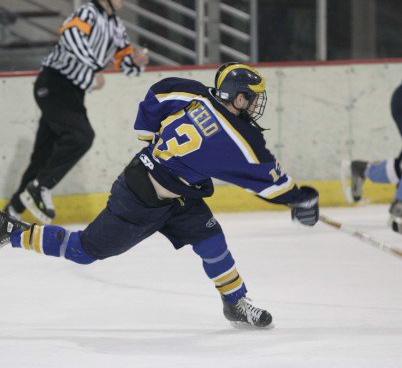Over the weekend I was sifting through some articles to see if I could find a good one to write a review on for Fitness Research Review Service.

I came across an interesting article assessing differences in flexibility improvements comparing active and passive stretching and wanted to share the results with you.
I still go back and forth on stretching. Part of me thinks it’s completely necessary. Part of me thinks that spending 30s a couple times a week stretching a muscle isn’t going to undo the hours we spend in bad positions. The time numbers just don’t add up. I also think there’s something to be said for manual therapy and myofascial release as a mechanism of improve tissue length/extensibility.
With all that said, I think it’s important that you contract the antagonistic muscle whenever possible during your stretches. For instance, if you’re doing a half kneeling hip flexor stretch, squeeze your butt on your back leg while you perform the stretch. There are two reasons to do this:
1) Contracting the antagonist muscle inhibits (read: relaxes) the stretched muscle due to a neural mechanism.
2) Contracting the antagonist muscle promotes muscular control and stability in the improved range of motion.
In line with the second point, a study by Meroni et al. (2010) compared active stretching (using antagonist contraction to pulling the joint into its endpoint and holding it there) with passive stretching (typical static stretching method). In this study, despite the total passive stretching session duration lasting longer than the total active stretching session duration (12 mins vs. 8 mins, respectively), the active stretching group’s ROM improved significantly more than the passive groups after 6 weeks of performing the stretches 2 times a day for 4 days per week (8.7 degrees versus 5.3 degrees).
A subset of the initial group was re-assessed 4 weeks after the conclusion of the study. Interestingly, the active stretching group maintained a 6.3 degree ROM improvements, whereas the passive stretching group only maintained a 0.1 degree ROM improvement. Maintenance was better in both groups for the individuals that participated in sports. Interestingly, those participants in the passive group that didn’t participate in sports actually LOST 2.7 degrees of ROM over the 4 weeks following the study.
This study definitely questions the long term efficacy of typical static stretching protocols and provides evidence that static stretching may induce only short-term changes in the musculotendinous complex.
Interesting stuff to say the least. I think one of the big take homes here is:
If you’re going to perform static stretches, contract the antagonist muscles during the stretch!
-Kevin Neeld
Reference:
Meroni, R., Cerri, C.G., Lanzarini, C., et al. (2010). Comparison of Active Stretching Technique and Static Stretching Technique on Hamstring Flexibility. Clinical Journal of Sports Medicine, 20(1), 8-14.
Please enter your first name and email below to sign up for my FREE Athletic Development and Hockey Training Newsletter!


